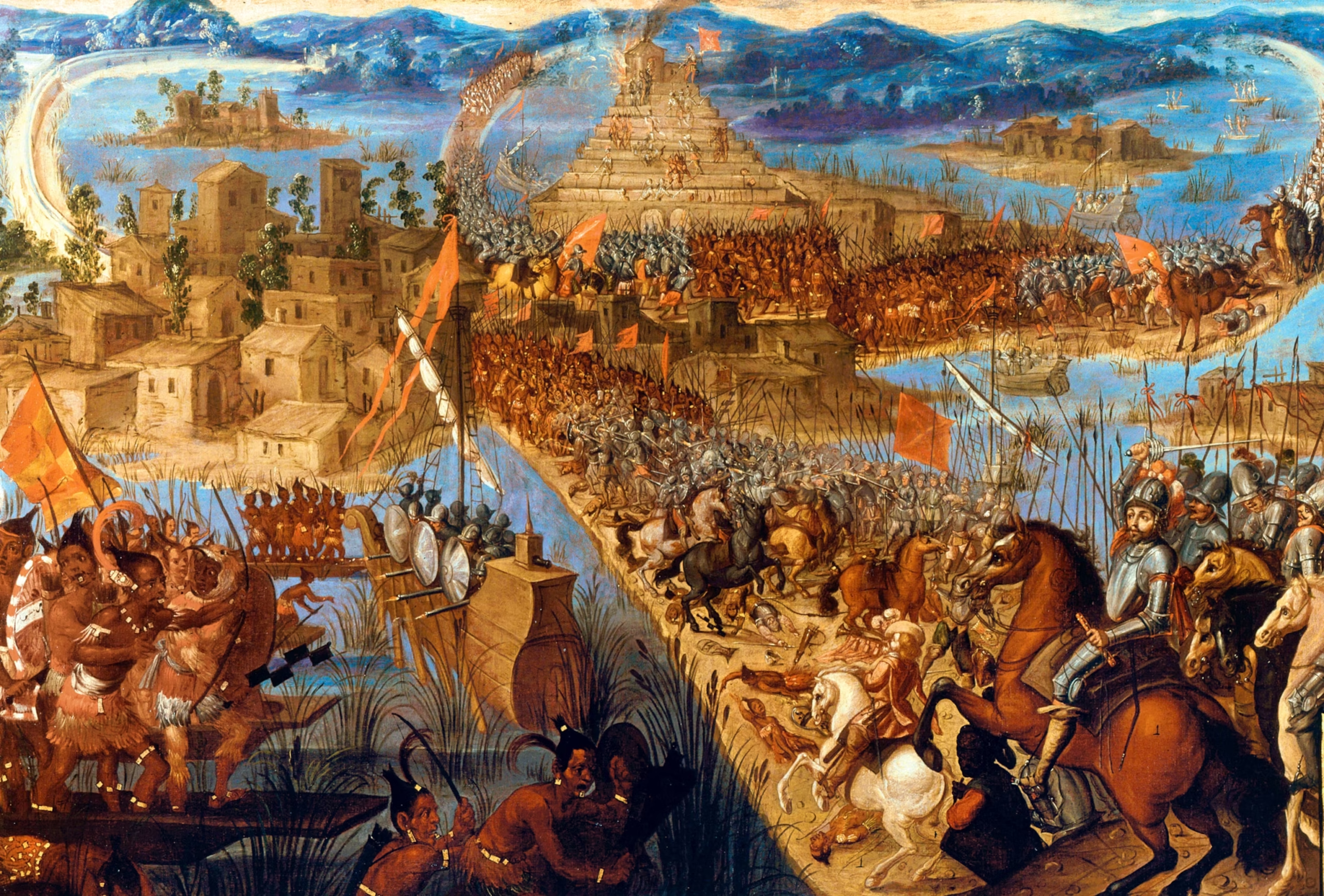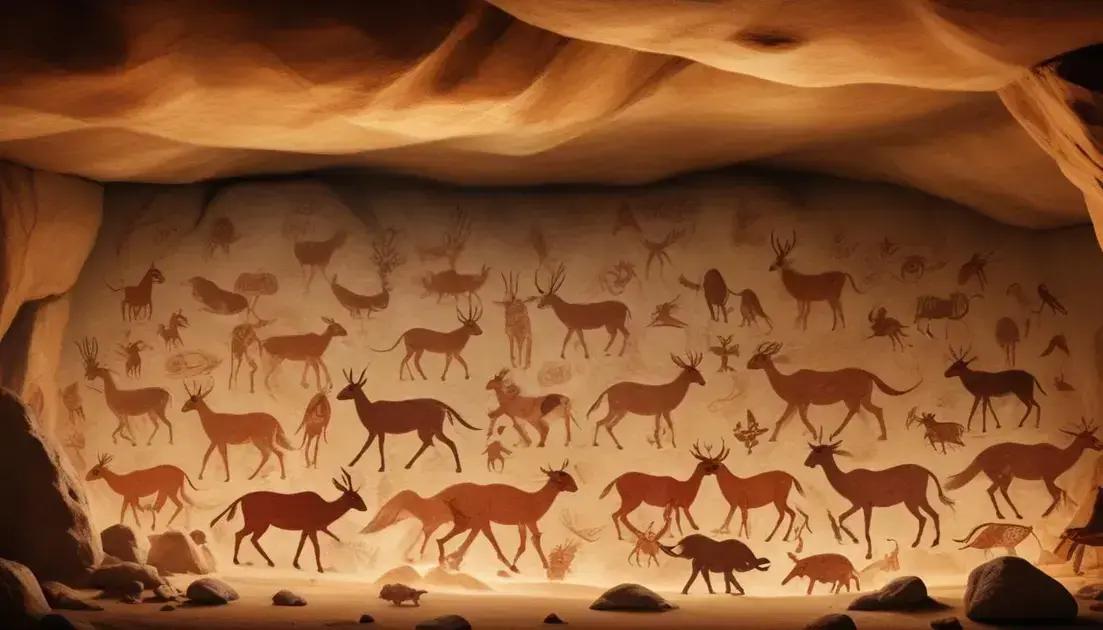
The Fall of the Aztec Empire: Conquest, Culture, and Collapse
The Aztec Empire, a civilization renowned for its sophisticated urban planning, intricate social structures, and advanced knowledge of astronomy and mathematics, met a tragic end in the 16th century. Its demise, however, wasn’t a simple matter of military conquest. Rather, it was a complex interplay of external pressures, internal vulnerabilities, and devastating unforeseen circumstances that ultimately led to the collapse of this once-mighty empire. This essay will delve into the multifaceted factors contributing to the fall of the Aztecs, examining their rise, culture, the Spanish conquest, and the lasting legacy of this remarkable civilization.
I. The Rise of the Aztec Empire: From Humble Beginnings to Imperial Dominance
The Aztecs, originally a nomadic group, migrated to the Valley of Mexico in the 13th century. Initially, they were a relatively insignificant tribe among several powerful city-states. Their strategic location on an island in Lake Texcoco, however, provided natural defenses and access to vital resources. Through skillful diplomacy and military prowess, they gradually consolidated their power. The formation of the Triple Alliance in 1428, a pact between Tenochtitlan, Texcoco, and Tlacopan, proved to be a pivotal moment. This alliance marked the beginning of the Aztec Empire’s rise to dominance in Mesoamerica.
The alliance’s military might allowed for rapid expansion. Under the leadership of ambitious rulers like Itzcoatl and Montezuma I, the Aztecs embarked on a series of meticulously planned conquests, expanding their control over neighboring territories. Their military strategies were remarkably effective, employing disciplined troops, advanced weaponry, and a system of tribute that ensured a steady flow of resources to the capital city. Tenochtitlan, once a small island settlement, blossomed into a magnificent metropolis, renowned for its impressive architecture, sophisticated infrastructure, and thriving population, estimated to have exceeded 200,000 inhabitants at its height—a remarkable feat for its time. The city boasted a complex network of canals, causeways, and aqueducts, testament to their engineering capabilities. Grand temples, palaces, and markets filled the city, showcasing the Aztecs’ economic and artistic achievements.
The Aztec societal structure was hierarchical, with a rigid class system at its core. At the apex stood the emperor, considered a divine intermediary, who held absolute power. Below him were nobles, priests, warriors, merchants, artisans, and farmers. This system, while effective in maintaining order and control, also contributed to internal divisions and tensions that would later be exploited by the Spanish.
The Aztecs’ intellectual achievements were equally impressive. Their calendar system, reflecting a profound understanding of astronomy and mathematics, was remarkably accurate. Their advancements in agriculture, particularly their chinampa system of cultivating crops on artificial islands in the lake, enabled them to support a large population. They also developed a sophisticated writing system using hieroglyphs, preserving their history, mythology, and scientific knowledge. This intricate system of writing, while not as extensively developed as some Old World systems, provided a rich source of information about their beliefs, customs, and daily lives, though much remains to be deciphered.
The Aztec economy relied on tribute from conquered territories. This system, while enriching the empire, also bred resentment among conquered populations, setting the stage for future alliances against the Aztecs during the Spanish conquest. The tribute system encompassed a diverse range of goods, from agricultural products and precious metals to crafted items and human sacrifices, creating a complex web of economic dependence and political control.
II. The Culture of the Aztec Empire: A Tapestry of Beliefs and Practices
Aztec culture was a rich and complex tapestry woven from diverse threads of religious beliefs, artistic expression, and social customs. Their religion played a central role in their lives, shaping their worldview, social structures, and daily practices. The Aztecs were polytheistic, worshipping a pantheon of gods and goddesses, each with their specific attributes and roles in the cosmos. Huitzilopochtli, the god of war and the sun, held a particularly prominent position, his worship demanding elaborate ceremonies and, controversially, human sacrifice.
The practice of human sacrifice, while often viewed through a modern lens of horror, held a significant religious and cosmological meaning for the Aztecs. They believed that by offering human hearts to the gods, they maintained the cosmic balance and ensured the sun’s continued journey across the sky. The victims were often war captives or criminals, although the exact nature of selection remains a topic of ongoing scholarly debate. The scale of human sacrifice, particularly as depicted in Spanish accounts, is a matter of ongoing historical debate, with estimations varying widely. While some accounts greatly exaggerate the numbers, it is undeniable that human sacrifice formed a significant part of Aztec religious practice and impacted their relationship with neighboring cultures.
Aztec art and architecture reflected their religious beliefs and societal values. The Templo Mayor, the main temple in Tenochtitlan, was a testament to their architectural skills and religious fervor. This grand structure, dedicated to Huitzilopochtli and Tlaloc, the rain god, dominated the city’s skyline, serving as a focal point for religious ceremonies and rituals. The Aztecs were also skilled artisans, producing intricate sculptures, finely crafted pottery, exquisite textiles, and elaborate jewelry, demonstrating a high level of artistic sophistication and craftsmanship.
Their social structure was rigidly stratified, with the emperor at the apex, followed by a nobility consisting of priests, warriors, and high-ranking officials. Merchants, artisans, and farmers made up the bulk of the population, with slaves forming the lowest rung. Social mobility was limited, with most individuals inheriting their social standing. This hierarchical structure, while providing stability, also fostered inequality and resentment, contributing to the empire’s internal weaknesses.
III. The Conquest of the Aztec Empire: A Confluence of Factors
The arrival of Hernán Cortés and his conquistadors in 1519 marked a turning point in Aztec history. The Spanish, however, did not conquer the empire solely through military might. Several factors contributed to their success, highlighting the vulnerability of the Aztec Empire despite its apparent strength.
Cortés’s relatively small force, numbering only a few hundred men, was able to exploit existing tensions and rivalries among different indigenous groups. Many tribes, subjugated under Aztec rule, saw the Spanish as potential liberators and eagerly allied with them. The Tlaxcalans, a powerful neighboring group, became particularly significant allies, providing crucial military support and knowledge of the Aztec’s strengths and weaknesses. Cortés’s shrewd diplomacy was as crucial as his military tactics, demonstrating an adept ability to play different groups against one another.
The Spanish also benefited from superior weaponry, particularly firearms and horses, which were completely unfamiliar to the Aztecs. This technological advantage, coupled with their military strategy and discipline, proved to be decisive in several key battles. However, it’s essential to note that the Spanish victory wasn’t solely a matter of superior weaponry. The Aztecs fought fiercely and valiantly, demonstrating exceptional courage and resilience in the face of overwhelming odds.
The most devastating factor, however, was the unintentional introduction of Old World diseases. Smallpox, measles, and influenza ravaged the Aztec population, decimating its numbers and severely weakening its ability to resist the Spanish. These diseases, to which the Aztecs lacked immunity, spread rapidly throughout the empire, causing widespread death and social disruption. The scale of the demographic collapse resulting from these diseases was catastrophic, significantly weakening the empire’s military and economic capabilities. The devastating impact of these diseases is often overlooked but was perhaps the most significant factor in the Spanish conquest.
IV. The Collapse of the Aztec Empire: A Multifaceted Downfall
The fall of Tenochtitlan in 1521 marked the end of the Aztec Empire. The siege was brutal, resulting in the destruction of the city and the death of countless Aztecs. The combination of Spanish military superiority, indigenous alliances, the devastating impact of diseases, and the empire’s internal vulnerabilities resulted in the complete collapse of the once mighty empire. While the Aztecs fought bravely, their efforts were ultimately insufficient against the confluence of these factors.
The collapse was not merely a military defeat; it represented the shattering of a complex society and the disruption of a way of life. The Spanish conquest initiated a period of colonization, leading to the cultural subjugation of the indigenous population, the destruction of Aztec traditions and beliefs, and the imposition of Spanish language, culture, and religion. The Aztec societal structure was irrevocably altered, leading to significant social and economic changes that reshaped Mexican society for centuries to come.
V. The Legacy of the Aztec Empire: An Enduring Influence
Despite its tragic end, the Aztec Empire left an indelible mark on history. Their advancements in mathematics, astronomy, and engineering continue to fascinate and inspire. Their calendar system, a remarkable achievement in astronomical observation and mathematical precision, serves as a testament to their intellectual capabilities. Their sophisticated urban planning, exemplified by the design of Tenochtitlan, demonstrates an understanding of urban infrastructure that was far ahead of its time. The remarkable agricultural techniques employed by the Aztecs, especially the chinampa system, provided valuable lessons in sustainable agricultural practices.
The Aztecs’ artistic and cultural contributions also remain significant. Their intricate artwork, encompassing sculpture, pottery, and textiles, showcases exceptional craftsmanship and creativity. Their mythology and religious beliefs provide insight into their worldview and spiritual practices. Elements of Aztec culture, particularly in art, language, and certain traditions, survive to this day, woven into the fabric of Mexican culture.
VI. Conclusion: A Complex Narrative of Rise and Fall
The fall of the Aztec Empire was not a singular event but a culmination of complex factors. It serves as a reminder of the fragility of even the most powerful empires, highlighting the interplay of internal vulnerabilities and external pressures that can lead to dramatic societal shifts. While the Spanish conquest brought about the empire’s demise, it was the combination of superior military technology, strategic alliances, the devastating impact of disease, and internal weaknesses within the empire itself that ultimately sealed its fate. The legacy of the Aztec civilization, however, endures, a testament to their remarkable achievements and their enduring cultural influence on modern-day Mexico and the world. The study of the Aztecs offers a valuable lesson in understanding the complexities of historical processes, the interplay between cultures, and the lasting impact of both triumph and tragedy.


